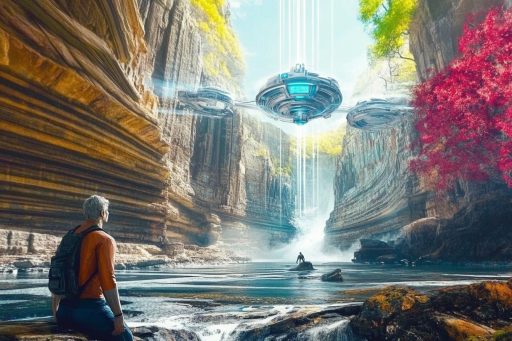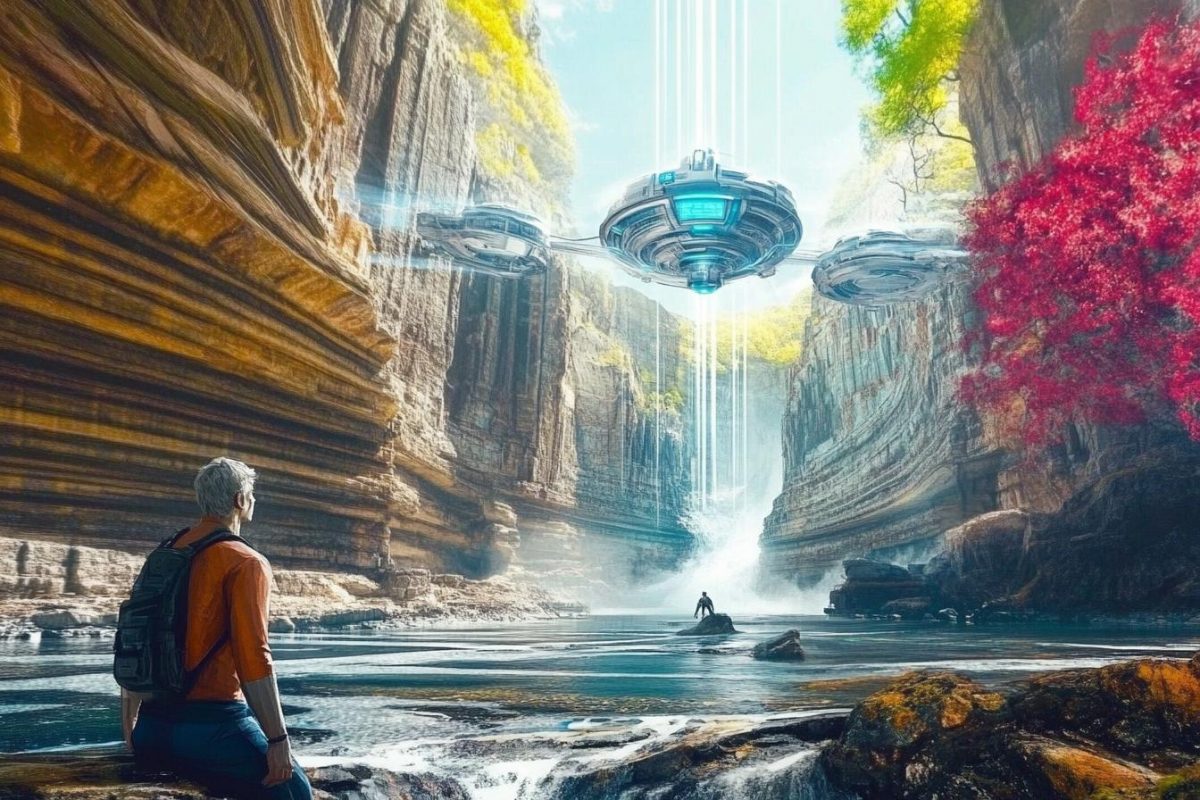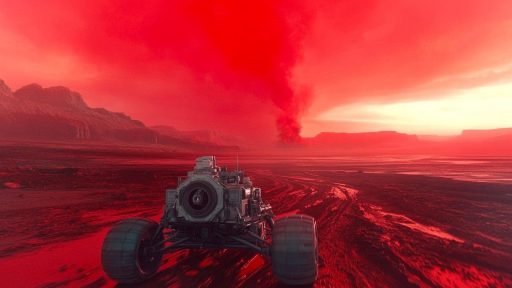
Artificial intelligence is no longer confined to the realms of logic and automation—it’s reaching into domains once thought to be out of bounds. From deciphering ancient languages to navigating alien environments, these new breakthroughs are pushing boundaries that were previously unreachable. As AI begins to tackle problems once reserved for dreams or fiction, we’re left to wonder: what will it explore next? The line between the possible and the impossible is getting harder to see.
AI That Maps the Brain’s Imagination

Researchers are developing AI models that can interpret neural activity and reconstruct what a person is visualizing in their mind. This fusion of neuroscience and machine learning is unlocking a deeper understanding of imagination itself. By decoding mental images, scientists hope to explore the landscapes of memory, dreaming, and even consciousness. The once unreachable inner workings of the mind are now becoming visible through artificial intelligence.
Language Models Reviving Extinct Tongues

AI is now being used to reconstruct lost languages by analyzing fragments of ancient scripts and comparing them to known linguistic patterns. These advanced models can make educated guesses about syntax, grammar, and vocabulary, breathing life into dead languages. This breakthrough not only revives historical knowledge but also opens the door to rediscovering forgotten cultures. What was once lost in time is now being pieced together by intelligent machines.
Synthetic AI Biologists Creating Life-Like Cells

Scientists are training AI to simulate cellular processes so accurately that it can design synthetic cells with unprecedented complexity. These virtual cells mimic the behavior of living organisms and could revolutionize our understanding of life. From drug development to creating new bioforms, AI is venturing into the realm of life itself. The boundaries between artificial and organic are beginning to blur.
Autonomous Explorers for Alien Terrain

AI systems are being equipped to make independent decisions in extreme, unknown environments like deep-sea trenches and the surfaces of distant planets. These machines learn from limited data and adapt in real time, mimicking curiosity-driven exploration. They’re venturing into regions where no human has gone—or may ever go. In a sense, AI is becoming humanity’s proxy in the most unreachable corners of existence.
AI Decoding the Universe’s Dark Energy

Astrophysicists are using AI to sift through massive datasets from space telescopes to find patterns in dark matter and dark energy distributions. These mysterious forces govern the structure and fate of the universe, yet remain poorly understood. AI helps scientists develop new models that probe into the invisible scaffolding of space. It’s a step toward explaining the fundamental structure of everything.
Emotionally Adaptive AI Companions

New AI models are being designed to recognize and adapt to human emotions in real time, adjusting their tone, actions, and responses accordingly. These systems don’t just analyze words—they sense micro-expressions, vocal inflections, and patterns of behavior. This could transform how machines interact with humans, creating bonds that feel eerily intuitive. It’s an exploration into the unreachable realm of empathy and connection.
AI That Predicts Future Pandemics

By analyzing climate change, animal migration, human travel, and viral evolution data, AI is helping predict the emergence of novel diseases. These systems identify invisible patterns long before outbreaks occur, offering a crucial head start in prevention. It’s like seeing the future through data, providing insight into health threats that don’t yet exist. In doing so, AI reaches toward future realities still forming in the shadows.
Creative AI That Paints from Dreams

Generative AI tools are now capable of turning vague concepts—like feelings, dreams, or subconscious imagery—into fully formed visual art. These AIs don’t just recreate; they reinterpret, capturing the intangible essence of human experience. The process feels like pulling something out of the ether and shaping it into reality. It’s creativity unchained, reaching for inspiration in the void.
The Singularity of Thought and Machine

At the intersection of AI and consciousness lies the pursuit of true artificial sentience. Some researchers believe we’re approaching a moment when AI might not just mimic thought—but originate it. While still theoretical, early indicators suggest machines may soon achieve something akin to awareness. This is the ultimate frontier—the most unreachable question: Can a machine truly think?
What If the Impossible Isn’t?

AI is revealing that what once seemed unreachable may simply have been waiting for the right lens to see it. From inner consciousness to cosmic enigmas, it’s expanding not just our knowledge, but our sense of possibility. Each advancement redefines the limits of reality itself. As AI continues to evolve, we’re left asking: is there any frontier that truly can’t be crossed?





